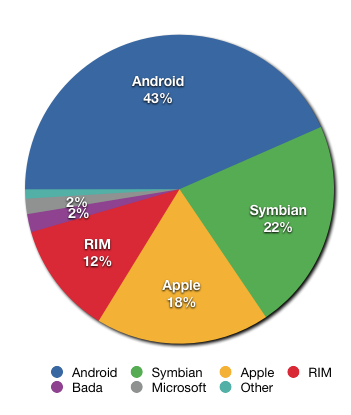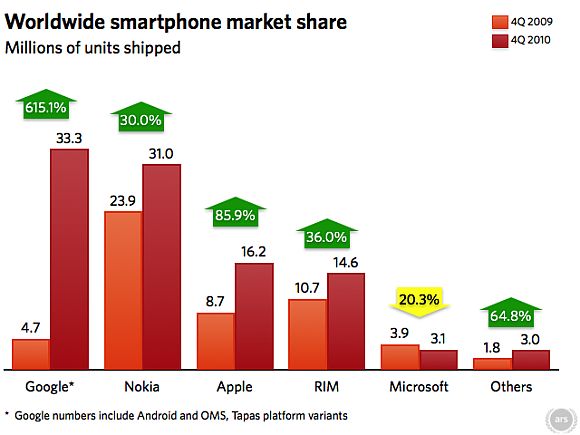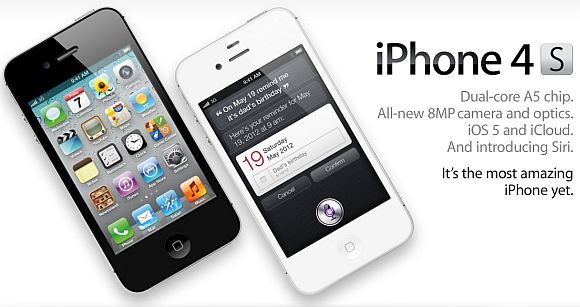Apple recently announced pre-orders of its iPhone 4S have topped one million in a single day. This number surpassed the previous single day pre-order record of 600,000 held by the iPhone 4. But what does it all mean?
Numbers without perspective are just merely that – numbers. While it is undeniable that 1 million units of almost anything is a significant amount, most of the reports did not place the Apple’s reported figure in a bigger perspective. So let’s look behind the numbers and see what 1 million iPhone 4S pre-ordered actually mean.
US Population
The latest number from the US Census Bureau tells us that there is currently over 312 million people in the US. Looking at this, 1 million units iPhones 4S pre-ordered doesn’t even account for 1% of the total US population. But perhaps this is not a good comparison.
The US smartphone market is vastly different to other markets, especially Malaysia’s. Where in the US mobile phone purchases are driven by subsidies and contracts, Malaysians still prefer to buy their phones without contract and unsubsidised. So in this instance, while 1 million units is a large number, the figure is very likely not reflective of the sentiments of the Malaysian and global markets.

Let’s look at global smartphone market share
As of Q2 2011, Gartner reveals that Android commands a 43% share in the global smartphone market while Symbian controls a 22% stake and Apple a 18% piece of the pie. RIM pulls up the rear with a 12% global smartphone market share amongst the leading operating systems.
With this, it appears that while iPhone sales figures are impressive in singularity, in the grand scheme of things, Android looks to be the platform that is really making progress in the smartphone arena with a market share that is almost half of all the smartphones sold in the world and almost four times more than that of iOS.

What about growth?
The smartphone industry is fluid and things can change quickly, and so some would argue that while Android is in a commanding position right now, Apple is surely to outstrip Google’s lead in the long run with strong growth. The problem with that is Android’s growth is astronomical compared to all the other mobile platforms, Apple’s iOS included.
In just one year, Android grew from just 4.7% global market share in Q4 2009 to 33% in Q4 2010. That’s a whopping 615% growth in 12 months! In the same period, Apple only grew 86% from 8.7% global market share in Q4 2009 to 16.2% in Q4 2010. In fact, the figures show Android surpassing Apple, Nokia and RIM as the dominant smartphone platform in world in the span of just one year. How’s that for growth?
Behind the numbers
And so, while Apple would like to paint a distorted reality in which it appears to be the leader in the smartphone segment, one needs to take a step back and look behind the numbers to see what is really going on in the grand scheme of things.
At the same time we’re not denying that Apple changed the game. If it weren’t for the iPhone, we all would probably still be using styluses right now. Apple’s role as an innovator in this segment is something we can all agree on but at the same time – fan or not – we need to face the fact that the times they are a-changin’.







